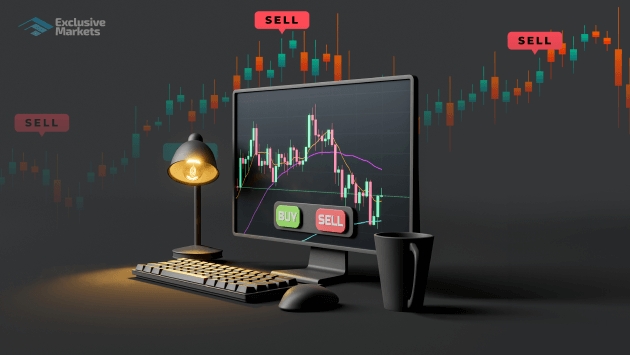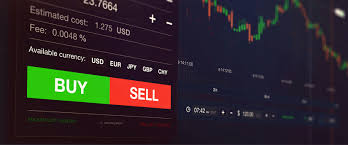
How Do You Do Forex: A Beginner’s Guide
If you’re looking to explore the financial world, learning how to do Forex trading is a fantastic starting point. Forex, or foreign exchange trading, involves the exchange of currencies and has grown to become one of the largest financial markets in the world. For those interested in diving into Forex trading, this guide will offer valuable insights. Check out how do you do forex trading webglobaltrading.com for additional resources that can aid you on your trading journey.
What is Forex Trading?
Forex trading involves buying one currency while simultaneously selling another. The most traded currencies include the US dollar (USD), the Euro (EUR), the Japanese yen (JPY), and the British pound (GBP). Unlike stock markets, the Forex market operates around the clock, five days a week. The aim is to profit from the fluctuations in currency values. For example, if you believe that the Euro will strengthen against the US dollar, you would buy EUR/USD. When the exchange rate goes up, you can sell it back for a profit.
Basics of Forex Trading
Before diving into trading, it’s crucial to understand some core concepts:
- Pips: The smallest price move that a given exchange rate can make. Typically, Forex prices are quoted to four decimal places, with a pip generally being the second decimal place.
- Leverage: This allows you to trade larger positions than your initial investment. While this can increase your potential profits, it also magnifies your potential losses, so it needs to be used carefully.
- Currency Pairs: Currencies are always traded in pairs (e.g., EUR/USD). The first currency is the base currency, and the second is the quote currency.
Starting with Forex Trading
Starting in Forex can seem daunting, but with a clear action plan, it becomes manageable. Here’s how to begin:
1. Educate Yourself
Knowledge is power in trading. Take time to learn about the Forex market, terminology, and strategies. Books, online courses, and webinars are excellent resources.

2. Choose a Forex Broker
Selecting a reliable broker is crucial. Look for one that is regulated, offers a user-friendly platform, has competitive spreads, and provides educational resources. Always read reviews and perform due diligence before signing up.
3. Open a Trading Account
Most brokers offer several types of accounts. As a beginner, you may want to start with a demo account to practice trading without risking real money. Once you’re comfortable, you can move to a live account.
4. Develop a Trading Plan
A trading plan outlines your trading goals, risk tolerance, and strategies. It should also include how much capital you’re willing to risk on a single trade and what trading style you will adopt, such as scalping, day trading, or swing trading.
Forex Trading Strategies
Successful Forex trading requires a solid strategy. Some popular strategies include:
1. Scalping
This involves making numerous trades throughout the day to profit from small price changes. Scalpers aim to build profits quickly but require a strict risk management approach.
2. Day Trading

Day traders open and close their positions within a single day. They typically capitalize on intraday market movements and avoid overnight risk.
3. Swing Trading
Swing traders hold positions for several days or weeks, aiming to profit from expected price moves. This strategy requires a bit more patience compared to day trading.
Risk Management in Forex Trading
Risk management is essential in Forex trading. Here are key principles:
- Set Stop-Loss Orders: These automatically close a trade at a predetermined price to prevent further losses.
- Use Proper Position Sizing: Determine the right amount of capital to allocate for each trade based on your total account balance and risk tolerance.
- Avoid Over-Leveraging: While leverage can amplify profits, it can also magnify losses. Only use leverage if you understand the risks involved.
Common Mistakes to Avoid
Even experienced traders can fall prey to common mistakes. Here are some pitfalls to avoid:
- Trading Without a Plan: A lack of strategy can lead to impulsive decisions and losses.
- Ignoring Risk Management: Failing to implement risk management techniques can deplete your trading account quickly.
- Letting Emotions Drive Decisions: Emotional trading often results in significant losses. Stick to your plan and avoid making rash decisions based on fear or greed.
Conclusion
Forex trading can be a lucrative venture when approached with the right knowledge and tools. Start small, educate yourself continuously, and develop a disciplined trading plan. The road may be challenging, but with perseverance and patience, you can navigate the Forex market successfully. Whether you’re a new trader or looking to refine your strategy, understanding how to do Forex trading will set you on the path to financial independence.
